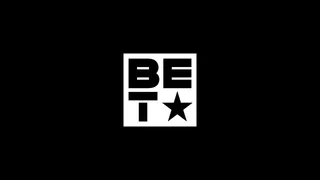Locs Lingo: Your Natural Hair Dictionary
This is handy whether you are a new natural or not.

1 / 12
Say What? - Interested in going natural, but don’t know your TWA from your L.O.C.? First of all, don't let that stop you — you don't need to know a bunch of random stuff to embrace your hair. Second of all, we’ve got you covered with this primer on all the natural hair terms you will come across online. Let’s go. By Kenrya Rankin Naasel (Photo:Tom Grill/Corbis)

2 / 12
Big Chop or BC - This is when you start your natural journey by chopping off your chemically processed hair. Alternately, some women “transition,” which means they let their roots grow out while holding on to their processed length. (Photo: Tomas Rodriguez/Corbis)

3 / 12
TWA - Women who big chop often go through a period of rocking a TWA, or “Teeny Weeny Afro.” (Photo: GI/Jamie Grill/Blend Images/Corbis)

4 / 12
BSL, APL and MBL - These are shorthand terms for hair length. They stand for “bra strap length,” “armpit length” and “mid-back length,” respectively. (Photo: Silke Woweries/Corbis)

5 / 12
Hair Typing - This is the use of a hair type classification system created by hairstylist Andre Walker to describe the texture of hair, which is denoted as 1A through 4C. Some people think it helps pick products that work for your hair, while others think it divides women and places a premium on looser textured tresses. (Photo: Corbis)
ADVERTISEMENT

6 / 12
Co-Wash - This is when you use a conditioner to “wash” your hair instead of a shampoo. It prevents excessive drying of strands. (Photo: Vincent Mo/Corbis)

7 / 12
L.O.C. - This is a method some women use to moisturize their hair. It uses a “Liquid” (water or water-based product, sometimes referred to as Leave-in), “Oil” and “Cream” to impart and lock in moisture. (Photo: Laflor/Getty Images)

8 / 12
HG - This stands for “Holy Grail.” These are the products that someone has discovered work best for their hair. (Photo: MIss Jessies via Instagram)

9 / 12
Porosity - This refers to the ability of the hair to soak up moisture, including products. Low-porosity strands are considered healthier, but they do not absorb moisture into the cuticle as readily as high-porosity strands. (Photo: Brian Cassella/Chicago Tribune/MCT/Landov)

10 / 12
Cones - This is short for silicones, which are chemicals used in hair products to add shine. Many women avoid them because they have been found to weaken the hair. (Photo: Pascal Broze/Onoky/Corbis)
ADVERTISEMENT

11 / 12
Sealing - This refers to the practice of sealing moisture into the hair. It’s done by first applying a water-based moisturizer, then using an oil to lock in the moisture. (Photo: Sephora)
